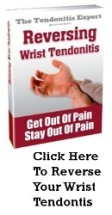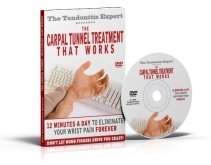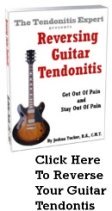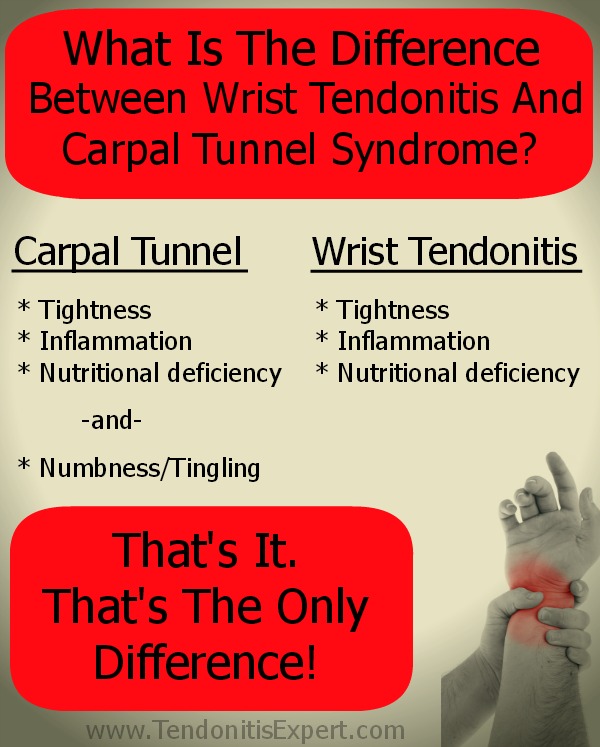Professional classical pianist with De quervains syndrome in left thumb
by Daniel
(Stockholm, Sweden)
Hello Joshua!
I'm a 22 year old professional classical pianist. The doctors told me that I had De quervain's syndrome in my left thumb. At first they gave me a splint to wear for one month combined with diclofenak. This didn't help at all. Since I want to avoid surgery I decided to wait for the inflammation to disappear by itself.
During this time (3 months) I didn't play at all and I had some acupuntcure along with some treatments with a naprapat with no success. It actually made it all worse.
After about 4 months after my first visit with the hand surgeon I went to another one who gave me a cortisone injection. This was a great relief for me and now at least I don't have to cope with the PAIN. Only problem is, now one month after the injection I can still feel a popping sensation in my left thumb base while I play, but only when i play.
It doesn't hurt but I'm very worried it'll start to hurt again if I get back to regular practise on the piano. I should also tell you that after the injection my radius bone has gotten a LOT bigger right below the thumb base, it's like a bump. Rock hard and unmoveable, this doesn't hurt either.
Could it be that this bump is preventing my tendon from healing?
The entire area is red, I suppose this is from the inflammation. But how come it doesn't hurt?
Thank you!
----
Joshua Answers:
Hi Daniel.
There's no rule that says something has to hurt when there's something wrong...or that it has to hurt in the spot where common sense says it would hurt.
Common sense is often way off base.
But so is 'medical science', often. As you've experienced with the 'standard of care' prescriptions of Wrist splints and braces, Anti-inflammatory drugs like Ibuprofen, Corticosteroid Injections, and Rest. Make sure to read each of those pages.
Tendonitis of all kinds (it's all the same kind, just different locations) responds the same to those. And that 'same' is that
See: What Is Tendonitis
So, onto your specific questions.
1. Yes, I imagine that the redness is due to the increased immune system activity and trapped fluid from the Process of Inflammation.
2. If you have tendon hardening, or connective tissue hardening, or the bone itself is literally growing up to meet the tendon, that's not great. The body shapes itself to the forces placed upon it. That growth/hardening is happening because the brain is telling the tissue to get stronger to handle the load. Good intentions, bad in reality.
The spots aren't the problem. That's just where the problem is ending up.
The problem is higher up the arm. You need to deal with that.
Until I get the 'Reversing DeQuervain's Tendonitis' ebook done, the 'Reversing Wrist Tendonitis' ebook will do you fine (focus on the muscles/tendons attached to the thumb).
Learning How To Reduce Inflammation will absolutely be a part of that, as chronic inflammation is a huge factor here.
3. Chances are that it will hurt if you go back to the piano. You haven't done anything to actually help lesson the problem. Lack of pain doesn't mean that things are 'better', it just means that you don't feel pain, which is one of several factors involved.
More questions, more answers.
----------------------
Please reply using the comment link below. Do not submit a new submission to answer/reply, it's too hard for me to find where it's supposed to go.
And, comments have a 3,000 character limit so you may have to comment twice.
-----------------------

Joshua Tucker, B.A., C.M.T.
The Tendonitis Expert
www.TendonitisExpert.com
| |
| Share Your Story Achilles Tendonitis Surgery Stories Carpal Tunnel Surgery Stories Plantar Fasciitis Surgery Stories Nerve Conduction Test Stories Share YOUR stories (and horror stories!). |
Return to Ask The Tendonitis Expert .



